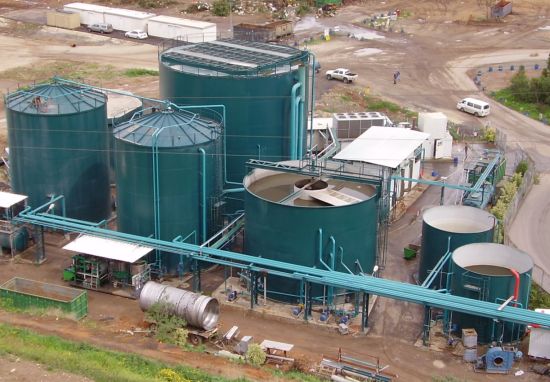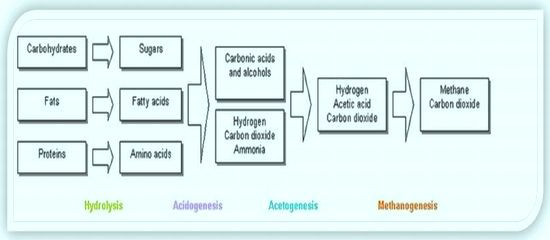
As part of the go-green and curb-emissions campaign, the UK is supporting green investors to come up with environmental ideas. Accordingly, the North Yorkshire County Council permits Selby Renewable Energy Park to go on with its proposed construction of the UK’s largest anaerobic digestion plant, replacing the former Tate & Lyle Citric Acid Plant. The project is supposed to generate sufficient energy to feed Selby. Moreover, it will create 120 new jobs in the region.
We’re delighted to have been granted planning permission to build the UK’s largest anaerobic digestion plant and provide a sustainable alternative to landfill for food waste as well as contribute toward the government’s renewable energy targets.
Says Shaun Flynn, Business Development Manager
The massive project will incur £20 million for establishing anaerobic digesters and meeting other expenses as well. Amid such huge investments, the presence of one already running anaerobic digester is definitely heartening. Equally elevating is the projection that portends just a year’s delay in its becoming operational.
It will produce 8MW of energy via anaerobic digestion of 165,000 tons of food waste per year. The project-site will be having a pre-treatment hall to process food waste from local authorities and supermarkets as well.
Steps involved in Anaerobic Digestion Technology:

1) Hydrolysis:
The first step, i.e. hydrolysis, implies the process that breaks the polymer chains and dissolves the smaller molecules into a solution. It breaks the complex organic molecules into simple sugars, amino acids and fatty acids. It produces acetates and hydrogen to be used by methanogens.
2) Acidogenesis:
All the constituent molecules don’t break down easily. Volatile fatty acids needs to be further fermented wherein CO2 and H2s are the by-products.
3) Acetogenesis:
The third stage involves further digestion of these simple molecules by acetogens that produces acetic acid, CO2 and hydrogen.
4) Methanogenesis: During the last step, the methanogens convert acetic acid and hydrogen into methane, CO2 and water.
The energy, thus produced, will go to the national grid.

